- 6,425

- KCCO
I assume the nuclear stuff was downloaded. I'm trying to find parts for a nuclear powered sub.I made a nuclear powered roadster! 1400 kg, top speed 110 km/h
View attachment 656069 View attachment 656070 View attachment 656071
I assume the nuclear stuff was downloaded. I'm trying to find parts for a nuclear powered sub.I made a nuclear powered roadster! 1400 kg, top speed 110 km/h
View attachment 656069 View attachment 656070 View attachment 656071
I assume the nuclear stuff was downloaded. I'm trying to find parts for a nuclear powered sub.























 I passed on clicking a couple times.
I passed on clicking a couple times.Its OK with a DS4, still quite clearly a PC port and takes a bit of getting used to, but its more than managable.I had been considering Elite Dangerous on PS4 for a space flight simulator, not so much for trading or combat and certainly not for its multiplayer element. Maybe I should be considering this instead? I guess I overlooked the NA PS4 launch, but this is actually a new refined version for both markets -- just the first one for you guys on that side of the Atlantic. How does it play with the DS4? That's one of the improvements.
DoneAnd maybe the thread title deserves an edit, @Scaff.I passed on clicking a couple times.
I've been running through some of he training missions and also made a start in Career (wanted to earn my parts).@Scaff How far in to the game are you, and what mode are you playing in? Sandbox is easier, but Science and Career offer a drip-fed progression as you earn new parts and reach new places. Also, may I see a picture of your first rockets?
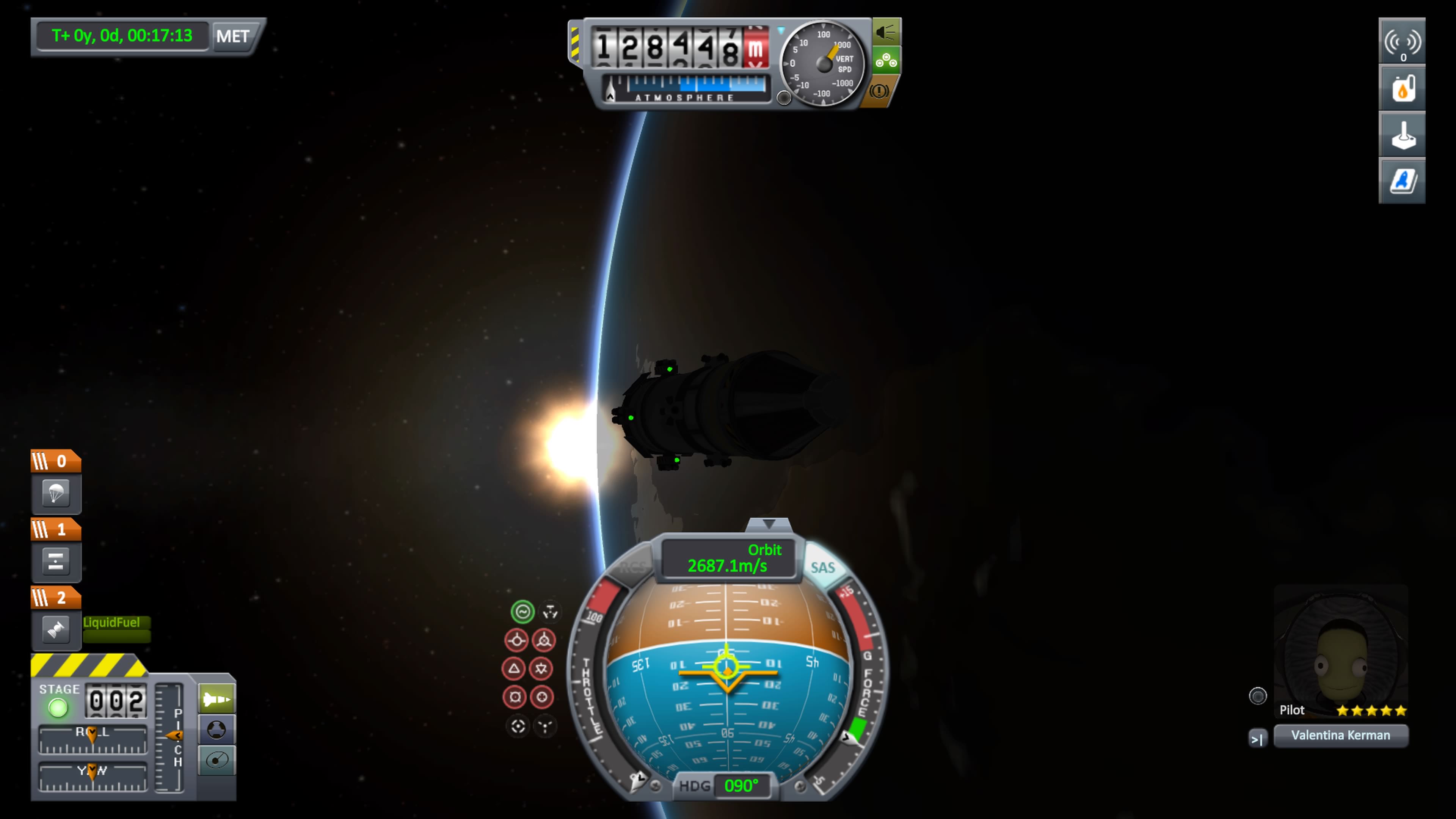
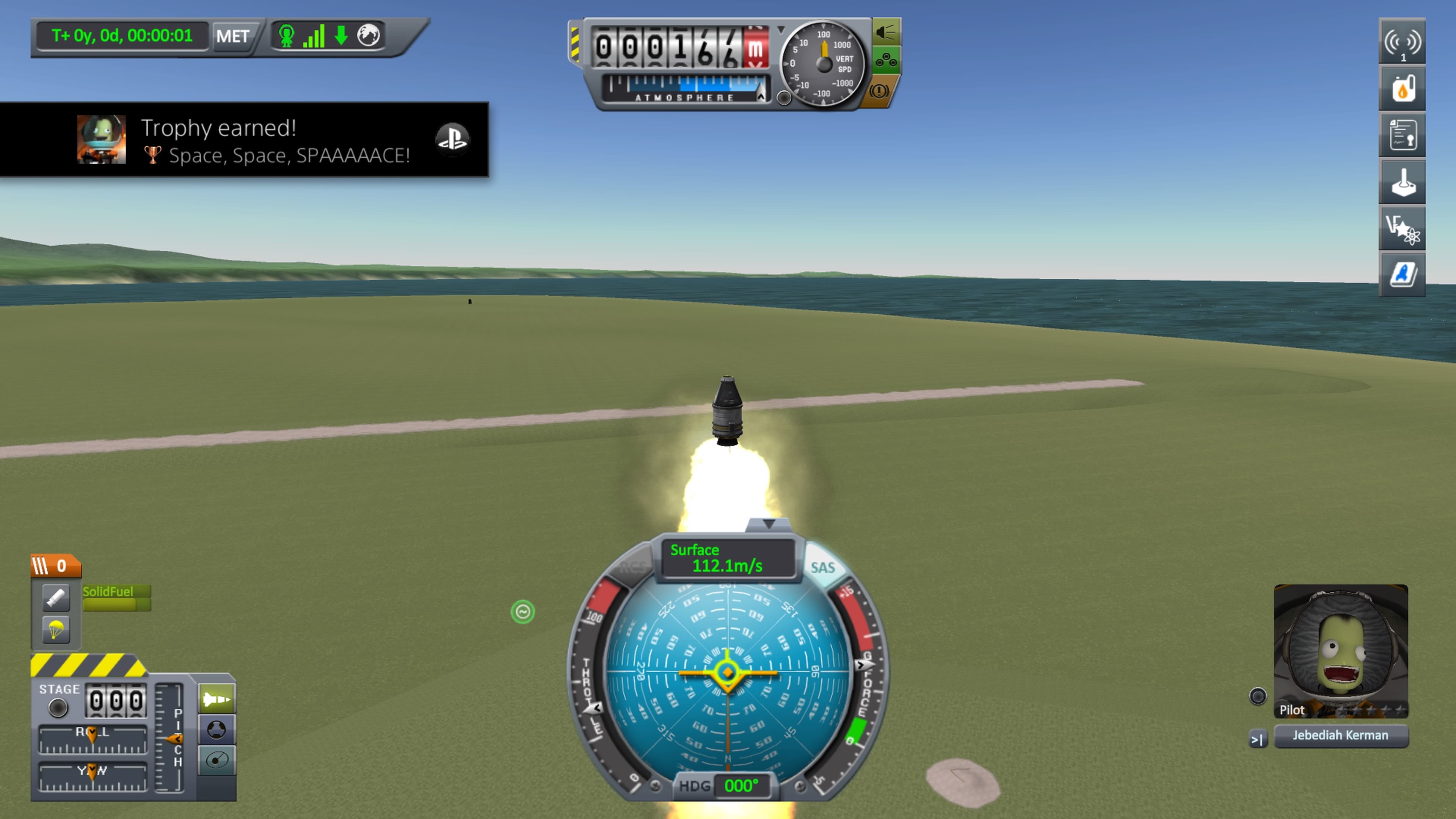
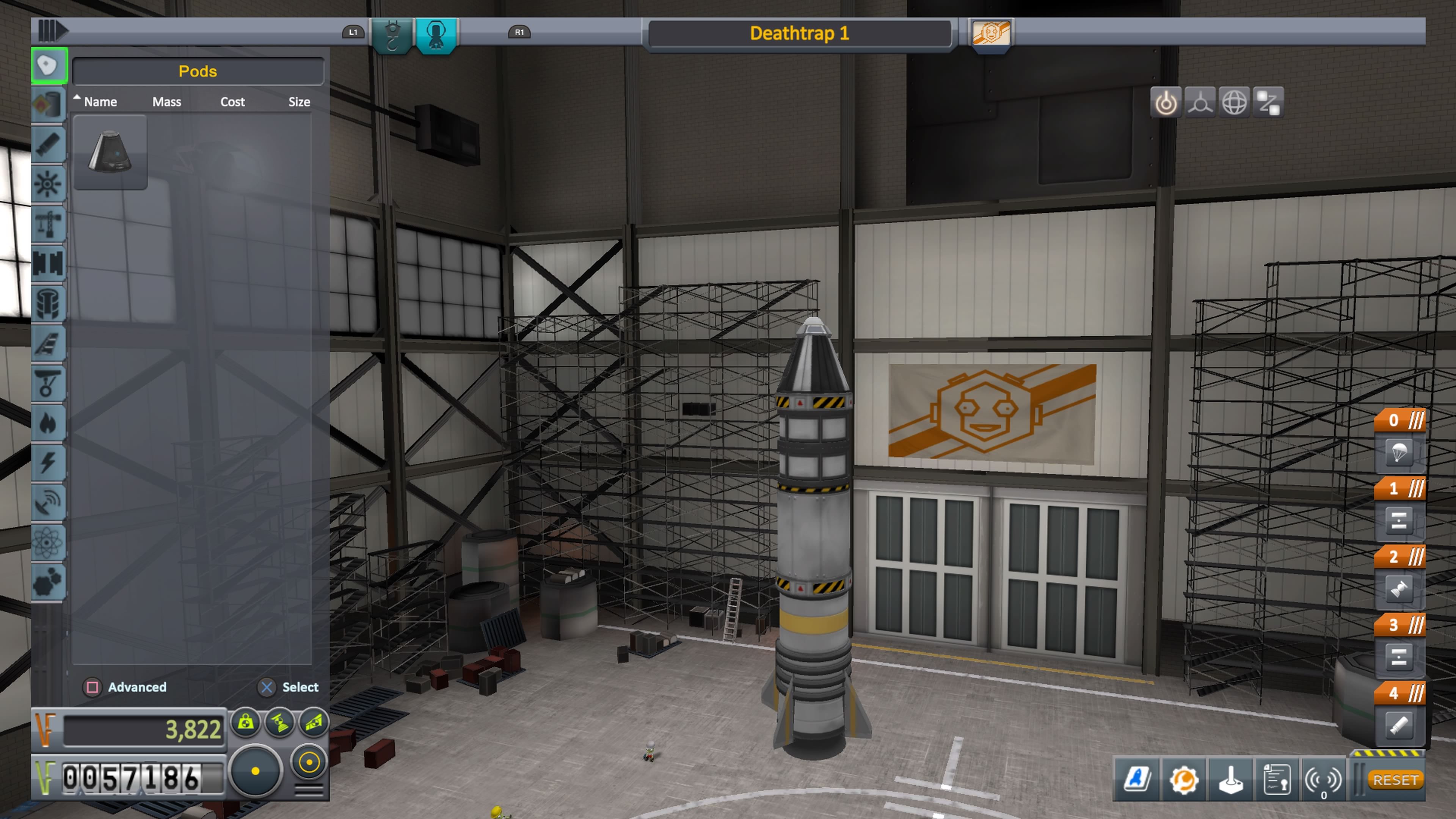
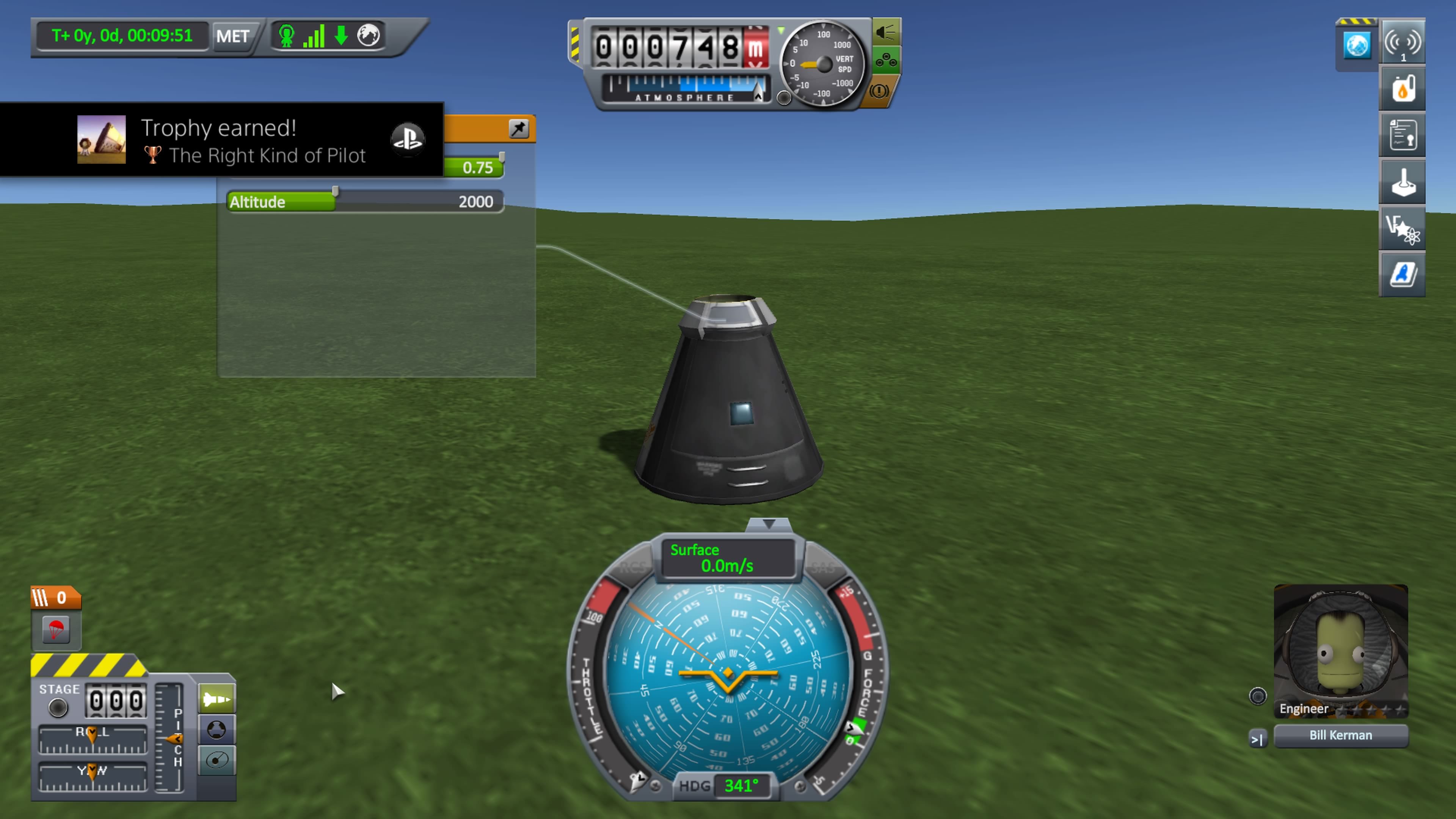
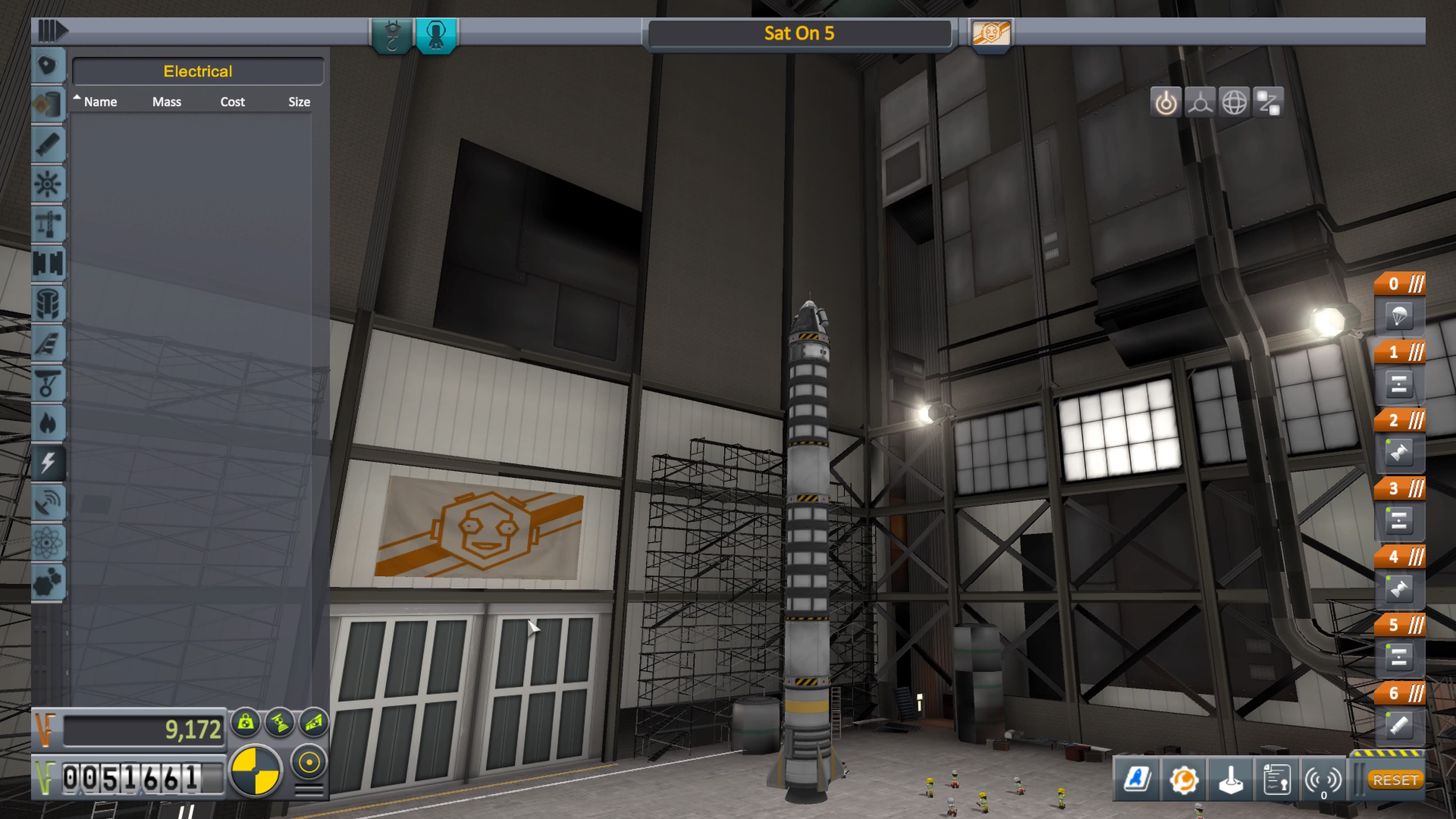
Me too, but the pricing is a bit steep imhoLooking forward to picking this up. Really liked a YouTube series from Robbaz playing this. Waited a while for it to come to euro PSN
Yeah, Same situation with Cities:Skylines. Years old game but being charged what used to be full price. £24.99 would be way fairer in my opinion.
